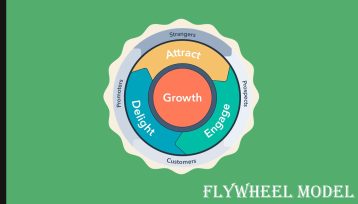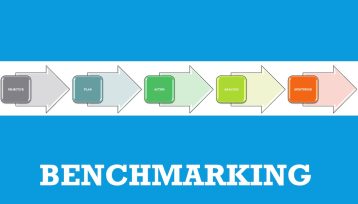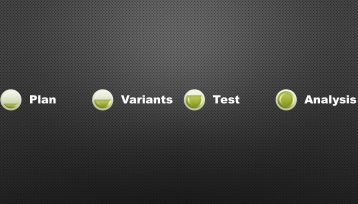The marketing funnel in marketing is a tool that displays the consumer’s path to the target action. The earliest option is the sales funnel (or the purchase funnel). William W. Townsend described the sales funnel in the book Bond Salesmanship in 1924, in which he developed the idea of AIDA and presented it in the form of a funnel. The first principles of the AIDA model were proposed by the American advertising specialist E. St. Elmo Lewis in 1898 and illustrated a successful way of composing advertising. AIDA is an abbreviation of four words: Awareness, Interest, Desire, and Action.
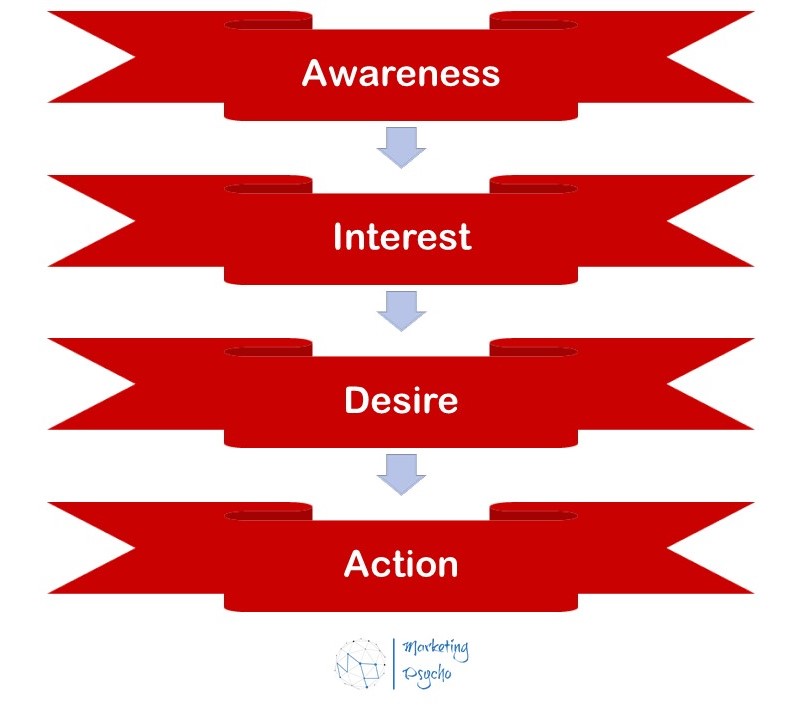
For advertising to work, it must meet the above points, since, following the proposed concept, the consumer goes through these four stages to make a purchase decision.
William W. Townsend applied these principles to create a funnel that illustrates the customer’s movement from the first contact with a product or service to the moment of purchase. The basic view of the funnel has the following form:
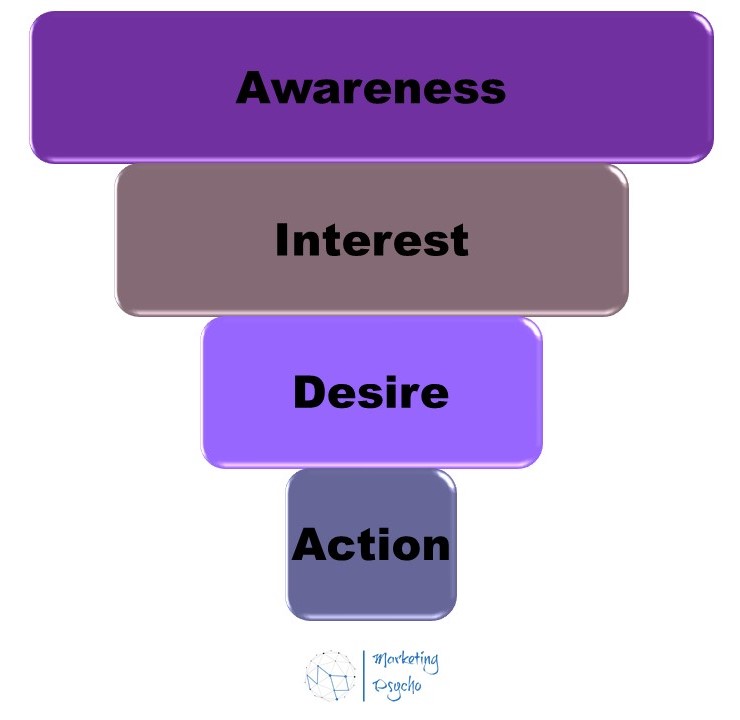
- Awareness. This is the stage of getting acquainted with a product or service, when you first encounter them, an initial contact.
- Interest. You will learn more information about a product or service and this causes you positive feedback, a response. You are showing interest.
- Desire. After the Interest stage, your feelings develop and become deeper. You have a desire to get this product or a desire.
- Action. This is the final stage. You have a clear intention to act.
You use this funnel to show how a potential client turns into a customer. But over time, it became clear that it does not fully reflect the interests of the parties, both consumers and producers of the product or service. Therefore, in the modern world, there are a huge number of options for funnels created in accordance with the goals. Some of them have expanded the principles of AIDA, others have adapted them to their field of activity.
Derek Rucker proposes a modification of AIDA, which he called the 4-A theory: aware, attitude, act, and act again. In this latter context, the stages of interest and desire are simplified to a relationship, and a new stage appears – act again. This framework is designed to track customer behavior after purchase and measure customer loyalty.
The customer path in the era of connectivity must be rewritten. From 4-A to a 5-A structure: awareness, appeal, ask, act, advocate.
In the book Inbound marketing. Get found using Google, Social Media, and Blogs Brian Halligan and Dharmesh Shah use a marketing funnel to make decisions about marketing actions (for example, which tools or channels to use or not to use).
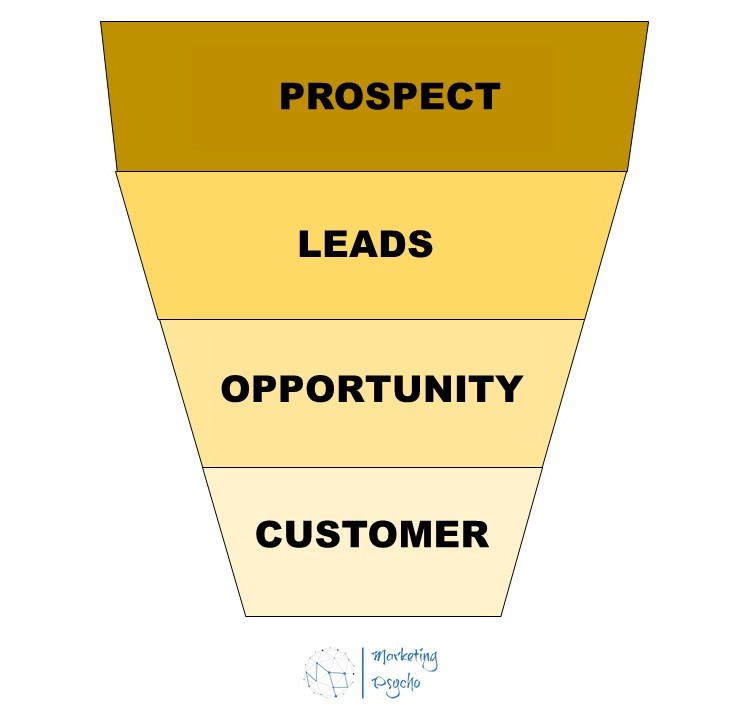
1- Prospect. At this stage, you create a list of sources/campaigns/ inputs that will attract prospects to your products and services.
2- Leads. Leads can be any person with whom the seller (or you) has the right to spend at least an hour demonstrating their product or discussing your service.
3- Opportunity. At this stage, the potential customer has a specific employee within the company (“champion”) who advocates for the purchase of your company’s product or service.
4- Customer. These are people who have purchased your products or used your service.
Once you understand the levels of the marketing funnel, start evaluating each level on a quarterly or monthly basis. The main information that you will get with this analysis is the shape (ratios) of the funnel per campaign/channel.
Despite what tools or channels of Inbound marketing you will use, Brian Halligan and Dharmesh Shah throughout the book say that it is necessary to track the results, and based on this data, make improvements.
And in the book Top of Mind. Use content to unleash your influence and engage those who matter to you John Hall describes a funnel for content marketing.
Top of the funnel: Awareness
At this stage, the consumer is aware of the specific problem they are facing. He wants to study and understand it. It has a huge number of questions and is looking for answers to them. That’s why it’s so important for you to provide educational content that tells people what the problem is. At this stage, the distance between your customer and the purchase decision is long.
Middle of the funnel: Consideration
Your goal is to help the consumer make an informed decision and offer them assistance. Your audience has already identified the key issues, now it’s time to investigate them. This is the perfect time to give the customer some awesome content that doesn’t sell but helps them. The research stages are the longest of the entire journey. At this stage, you need to be patient and be constant.
Bottom of the funnel: Decision
At the last stage, your audience is already sufficiently aware of their problem and how to solve it. Now they are ready to make a decision. We need to help them do this. Answer all their questions and create strong and evidence-based content. If you are the best choice, explain why. Good content at the last stage differentiates your company.
But despite the purposes for which the funnel is used, the principle of its creation is usually as follows:
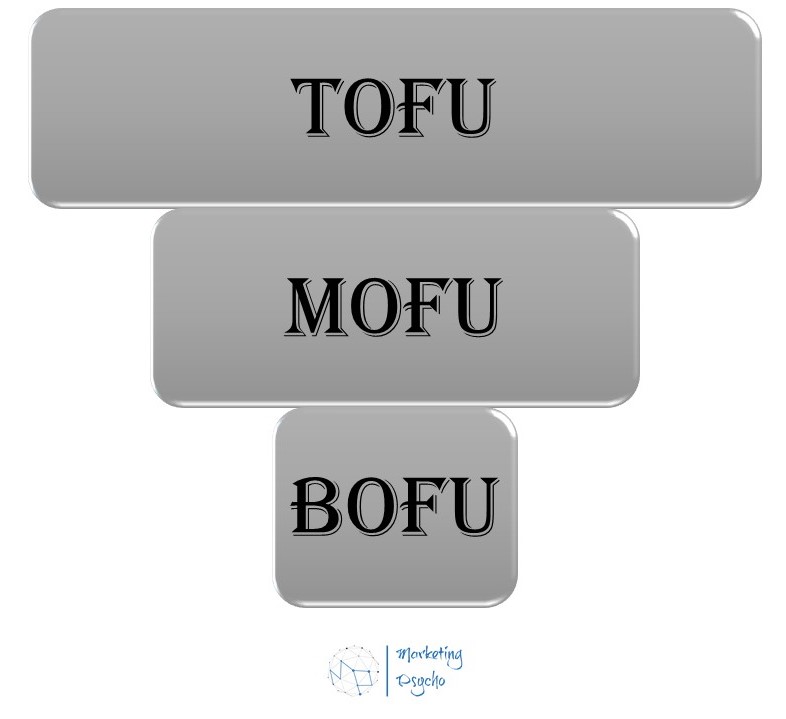
The funnel should go from large to smaller. At first, you launch the process and aim at a large coverage, and then gradually narrow down and lead to targeted action.
TOFU. Top of the funnel. The beginning of the process. Regarding potential customers, there are many of them, but not all are going to act.
MOFU. Middle of the funnel. The middle of the process. Half goes away, but half stays. They had a reason for this. It is necessary to continue to nurture.
BOFU. Bottom of the funnel. The end of the process. At this stage, decisions are made. There are not so many customers left, but they are all targeted, they have gone through the process to the end. Don’t leave them.
Create your own marketing funnels or use existing ones, track the results, so you can see what problems arise at each level, which means you can analyze the situation and fix it, and this will lead to achieving your goals.
To find more marketing tips go to Marketing Analysis section of the website.
If you prefer a monthly update about marketing and sales delivered to your e-mail address, please, subscribe to Marketing Psycho Marketing and Sales newsletter.




